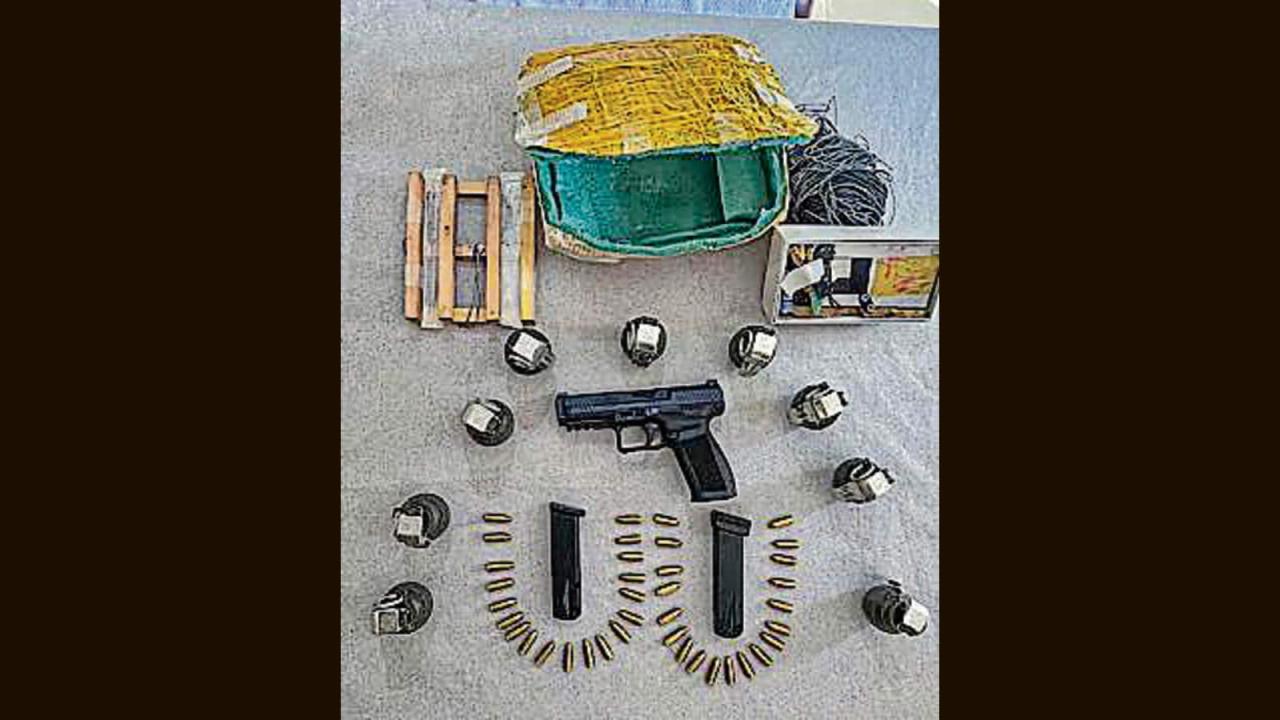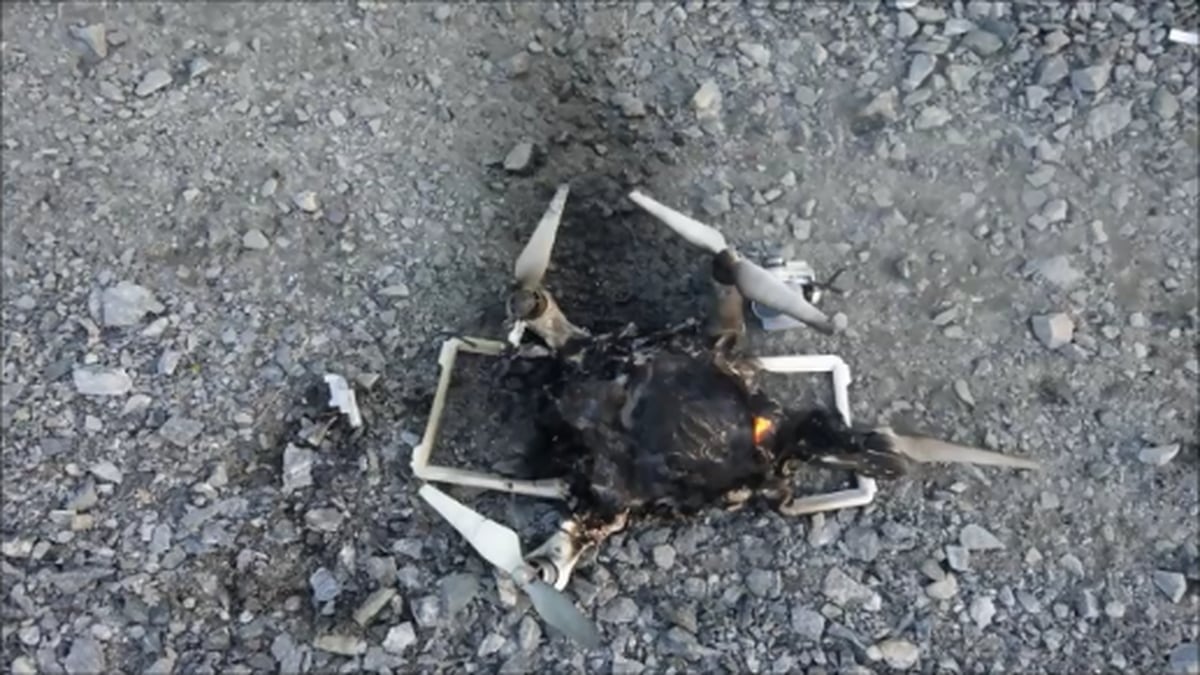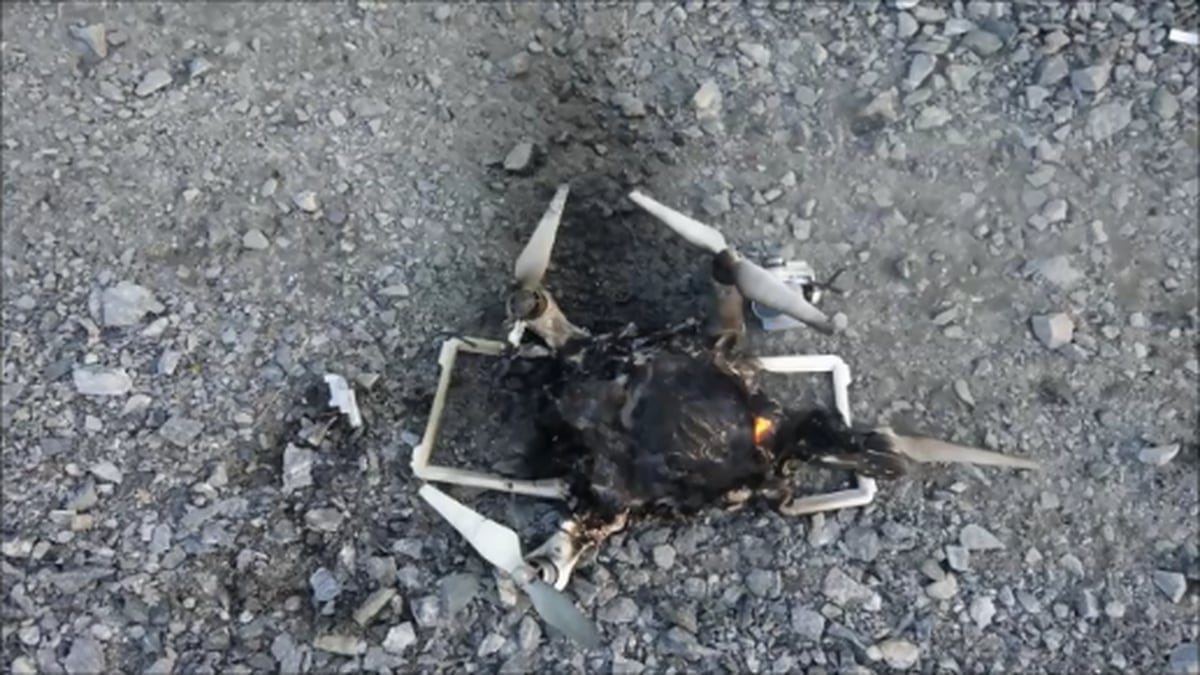Remington drone loads represent a significant advancement in unmanned aerial vehicle (UAV) technology, offering diverse payload capabilities across various industries. This exploration delves into the specifics of Remington drone models, their payload capacities, the types of loads they carry, and the crucial aspects of safety and regulatory compliance. We’ll examine how these drones maintain stability while carrying heavy loads, showcasing real-world examples and addressing common concerns.
From agricultural applications utilizing specialized sensors to construction projects employing high-resolution cameras, Remington drones are transforming numerous sectors. Understanding their capabilities, limitations, and operational considerations is vital for maximizing their potential and ensuring safe and effective deployment. This comprehensive overview will equip readers with the knowledge necessary to confidently navigate the world of Remington drone technology.
Remington Drone Models and Payload Capacity

Remington offers a range of drones designed for various payload capacities and applications. Understanding the capabilities of each model is crucial for selecting the appropriate drone for a specific task. The following table details the specifications of several Remington drone models, and a subsequent comparative analysis will highlight their strengths and weaknesses.
| Model Name | Payload Weight (kg) | Dimensions (L x W x H) cm | Notable Features |
|---|---|---|---|
| Remington RX-80 | 15 | 80 x 60 x 30 | High-capacity battery, advanced stabilization system, modular payload bay |
| Remington RX-50 | 8 | 60 x 45 x 25 | Compact design, lightweight, easy maneuverability |
| Remington RX-20 | 3 | 40 x 30 x 15 | Excellent for precision tasks, long flight time |
| Remington RX-100 | 20 | 100 x 75 x 40 | Heavy-lift capability, robust airframe, ideal for large payloads |
Comparative Analysis: The Remington RX-100 boasts the highest payload capacity, making it suitable for heavy-lift operations. However, its larger size may limit maneuverability in confined spaces. The RX-50 offers a balance between payload capacity and maneuverability, making it versatile for various applications. The RX-20 excels in precision tasks due to its compact size and long flight time. The RX-80 provides a good compromise between payload and features.
Factors influencing payload capacity include battery life (longer flight times allow for heavier payloads), motor strength (powerful motors can lift heavier weights), and airframe design (a robust and lightweight frame is essential).
Types of Loads Carried by Remington Drones
Remington drones are designed to carry a diverse range of payloads, categorized based on their function and application. These payloads significantly broaden the drone’s operational capabilities across various industries.
- Cameras (high-resolution, thermal, multispectral)
- Sensors (environmental monitoring, gas detection, LiDAR)
- Delivery Packages (small parcels, medical supplies, equipment)
- Specialized Tools (sprayers, seed dispensers, inspection probes)
| Industry | Payload Type | Application | Benefits |
|---|---|---|---|
| Agriculture | Multispectral Camera, Sprayer | Crop monitoring, precision spraying | Improved yield, reduced pesticide use |
| Construction | High-resolution Camera, Thermal Camera | Site inspection, progress monitoring, safety checks | Enhanced safety, improved efficiency |
| Delivery | Delivery Package | Fast and efficient delivery of goods | Reduced delivery times, lower costs |
Payload integration requires careful consideration of weight distribution, center of gravity, and the drone’s structural integrity. Compatibility with the drone’s mounting system is also crucial.
Remington Drone Load Stability and Control

Maintaining stability and control while carrying heavy payloads is paramount. Remington drones utilize a combination of advanced technologies to achieve this.
Mechanisms include sophisticated flight controllers, multiple redundant sensors (GPS, IMU, barometer), and advanced algorithms for real-time stabilization and control. These systems continuously monitor the drone’s position, orientation, and payload weight, making necessary adjustments to maintain stability.
Flowchart illustrating safe and stable payload delivery:
- Pre-flight checks: Verify payload weight, secure attachment, check drone battery and sensors.
- Flight planning: Determine optimal flight path, considering wind conditions and obstacles.
- Takeoff and ascent: Maintain stable ascent rate, monitor sensor data.
- Navigation and delivery: Follow planned route, maintain stable flight.
- Payload release/delivery: Execute controlled payload release/delivery mechanism.
- Return to base: Maintain stable descent, monitor sensor data.
- Post-flight checks: Inspect drone and payload for damage.
Different Remington drone models offer varying levels of stability features. Models with more advanced stabilization systems and higher-capacity batteries generally exhibit better stability when carrying maximum payloads.
Safety and Regulatory Compliance for Remington Drone Loads
Safety is paramount when operating drones carrying payloads. Adherence to established protocols and regulations is essential to prevent accidents and ensure safe operation.
- Thoroughly inspect the drone and payload before each flight.
- Ensure the payload is securely attached and properly balanced.
- Follow all manufacturer’s guidelines and recommendations.
- Operate within the drone’s operational limits, including payload weight and wind speed.
- Maintain a safe distance from people and obstacles.
Relevant regulations include those pertaining to airspace restrictions, pilot licensing, and payload weight limits. These regulations vary depending on the location and the type of operation. Payload weight and type significantly impact the overall safety and operational limits of the drone. Heavier or irregularly shaped payloads may require more stringent safety precautions and reduce the drone’s flight time and range.
Illustrative Examples of Remington Drone Loads in Action

Several real-world scenarios demonstrate the versatility of Remington drones in carrying diverse payloads.
Remington drone loads often require careful planning due to variable weather conditions. Understanding the impact of weather on flight operations is crucial, and a helpful resource for assessing conditions along the route is the coquihalla weather camera , which provides real-time visual data. This information allows for better decision-making regarding Remington drone load scheduling and overall mission safety.
Scenario 1: A Remington RX-80 equipped with a high-resolution camera was used to inspect a bridge for structural damage. The drone’s stability allowed for clear images to be captured, even in windy conditions. The detailed imagery enabled engineers to identify potential issues that were not visible during a ground-level inspection.
Scenario 2: A Remington RX-50 carrying a thermal camera was deployed in a search and rescue operation. The thermal imaging capabilities allowed rescuers to locate a missing person in a wooded area at night, significantly reducing search time and improving the chances of a successful rescue.
Scenario 3: A Remington RX-100 was used to deliver medical supplies to a remote village following a natural disaster. The drone’s heavy-lift capability allowed it to transport a significant amount of essential supplies, overcoming challenging terrain and logistical limitations.
Visual representation of a Remington RX-50 carrying a multispectral camera: The drone, a compact and agile quadcopter, is depicted with four rotors, a stabilized gimbal carrying the camera, and a sleek, lightweight airframe. The multispectral camera, a rectangular unit with multiple lenses, is securely mounted beneath the drone, its various lenses pointed downwards. The overall image suggests a precise, technologically advanced system.
Successful deployments highlight the importance of careful planning, proper training, and adherence to safety protocols. Challenges overcome often involve navigating unpredictable weather conditions, dealing with unexpected obstacles, and ensuring reliable communication with the drone.
In conclusion, the effective utilization of Remington drones hinges on a thorough understanding of their payload capacities, stability mechanisms, and operational safety protocols. From careful selection of the appropriate drone model based on payload weight and type to adherence to relevant regulations, responsible operation is paramount. The diverse applications showcased throughout this analysis highlight the transformative potential of Remington drone technology across various industries, paving the way for future advancements and innovations in the field of UAV operations.
FAQ: Remington Drone Loads
What is the average flight time of a Remington drone with a maximum payload?
Flight time varies significantly depending on the specific drone model, payload weight, and environmental conditions. Consult the technical specifications for each model for precise estimates.
Discussions around Remington drone loads often involve payload capacity and operational safety. The recent incident involving a drone, as detailed in this news report about a nj drone shot down , highlights the potential risks associated with unauthorized drone operations. Understanding these risks is crucial when considering the safe and legal operation of Remington drone loads, especially in populated areas.
How much does a Remington drone cost?
Pricing varies greatly depending on the model and included features. Contact Remington or an authorized dealer for current pricing information.
What type of training is required to operate a Remington drone carrying payloads?
Training requirements depend on local regulations and the complexity of the operation. Basic training is often required, with specialized training needed for more complex payloads or operations.
Are there any limitations on the types of payloads allowed on Remington drones?
Yes, restrictions exist based on weight, size, and the nature of the payload (e.g., hazardous materials). Always consult relevant regulations and the drone’s specifications.
